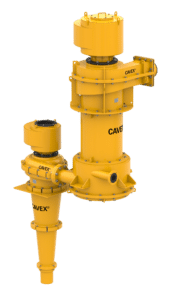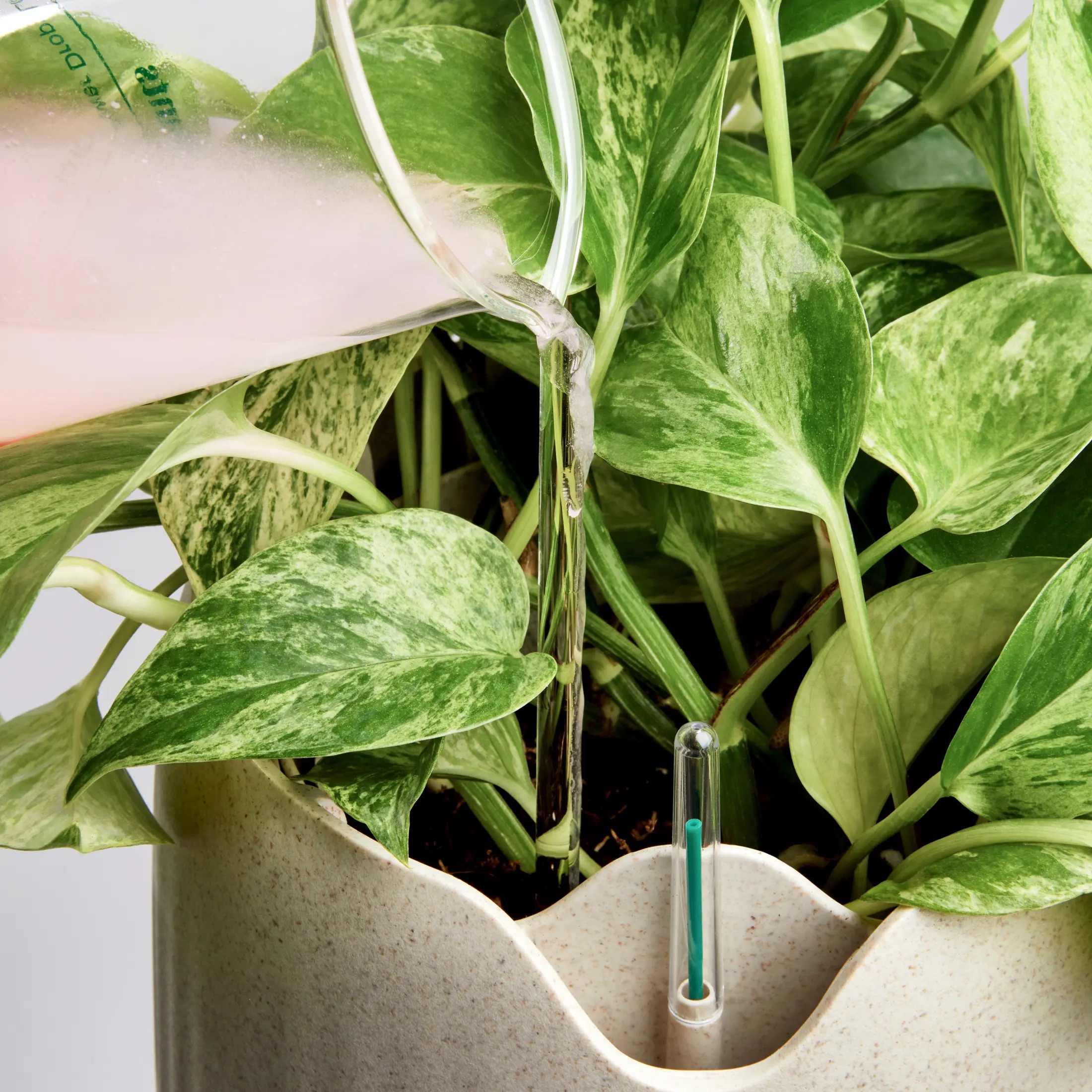While producing tailings is inevitable, Weir is here to ensure waste is removed and handled sustainably.
As millions of tonnes of ore are processed each day across the mining industry, it stands to reason that not all material is exported or used.
Although mine waste – also known as tailings – is unavoidable, heightened environmental, social and governance (ESG) standards in the mining industry are necessitating enhanced waste management methods.
Luckily, Weir is here to help.
Backed by an extensive portfolio of tailings solutions, technologies and processing equipment, Weir is on a mission to help the industry rethink, reduce and repurpose tailings through its transformational tailings flowsheets.
“We are looking to engage with the market to assist with solutions that will achieve new benchmark outcomes for water recovery, energy consumption, carbon footprints and safe storage,” Weir head of tailings and pipelines – Asia Pacific Simon Acutt told Australian Mining.
“We want to trigger new thinking on how to treat tailings.”
An example of this is Weir’s Cavex DE hydrocyclone, a technology that performs two stages of classification in one operational unit.
“The larger particles move downwards under gravity and leave via the bottom outlet with a small quantity of water,” Acutt said.
“A small amount of the fine solids remain with most of the water; this then spirals upwards through a central pipe and out the top as the overflow product. The Cavex DE hydrocyclone goes through this process twice.
“The aim is to separate the large particles and use them for construction material. The main use for the cyclone underflow is to build tailings dam walls.”
The Cavex DE hydrocyclone works without the need for intermediary pumping, piping or sumps. It’s fitted with an air core booster to improve capacity and efficiency by reducing the total pressure across the hydrocyclone and increasing the volume flow split to the overflow.

Image: Weir
“This creates value out of the mine’s waste,” Acutt said. “By using sand from tailings, operators have less product going into their tailings storage facility (TSF), meaning the TSF can be smaller and save on diesel-powered earthmoving equipment.”
Another example of innovation is Weir’s second-generation Cavex 2 hydrocyclone, which expands upon the Cavex hydrocyclone range and marks a new era in separation technology.
Combined with the feed chamber, the LIG+ advanced laminar spiral inlet reduces turbulence and enables the hydrocyclone to classify up to 30 per cent more feed slurry within a similar footprint as the original Cavex hydrocyclones.
Alongside Weir’s range of tailings products and solutions, the company carries out pipe loop testing to provide design data, centrifugal pump testing, and high-pressure positive displacement pump testing at Weir Technical Centre in Victoria.
“Mineral slurries vary in many ways, meaning each slurry behaves differently in a pipe system,” Acutt said. “Therefore, pilot testing is important to help determine the best solution for each site and reduce the overall design risk.
“Weir can run a variety of tests to identify possible operational issues, with testing able to determine how the slurry behaves when pumped in a range of different conditions, solids concentrations and velocities, all while simulating pump failure and a potential restart event.
“The outcome ensures the selected pump and motors are right for the job and tailored to a mine site’s unique operating environments.”
To ensure it can offer the coarse particle flotation (CPF) technology to its customers, Weir has a cooperative agreement with Eriez, allowing the company to collaborate and apply its HydroFloat CPF technology when needed.
The CPF solution reduces energy consumption by 10–20 per cent and increases water recovery by up to 85 per cent by using advanced dewatering technologies.
“The technology works by injecting air bubbles into the lower levels of the tank,” Acutt said. “These bubbles lift ore to the top of the tank, which is collected via a concentrate overflow.
“The grind size is substantially larger than conventional flotation, significantly reducing energy consumption in the comminution phase. This also makes it much easier to separate water from tailings.
“CPF waste stream can be used for dam wall construction and dam wall support. It requires little further treatment, hence less expensive capital equipment and energy consumption. Weir is working closely with Eriez on several pilot trials.”
With a long-standing global presence in tailings management, Weir is an ideal partner to help the mining industry rethink its approach to tailings.
“Weir is not new to the tailings space,” Acutt said. “We have been actively investing in and expanding our knowledge and testing support facilities, positioning ourselves as a key partner for the future.”
This feature appeared in the August 2024 issue of Australian Mining.



